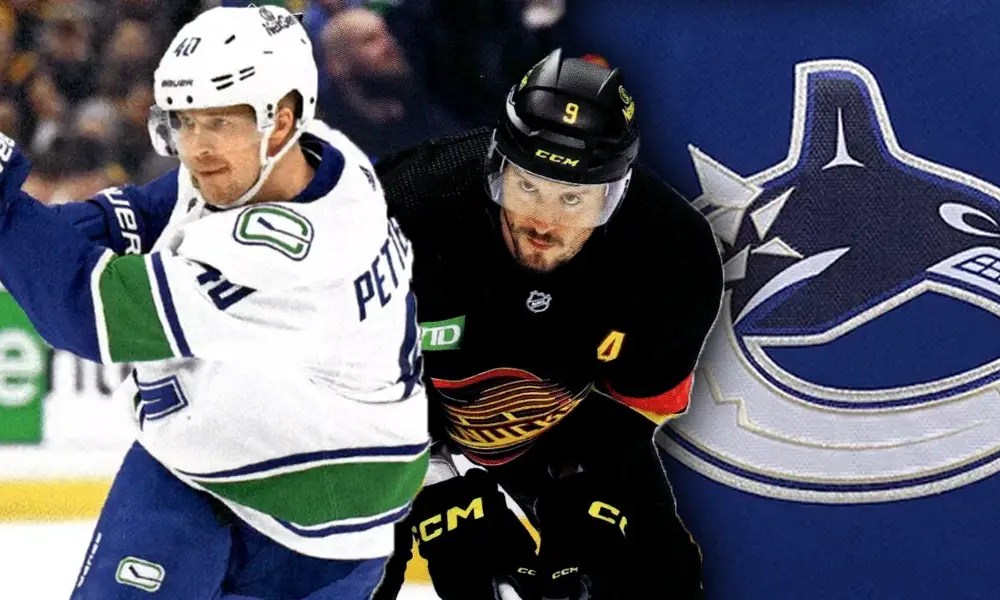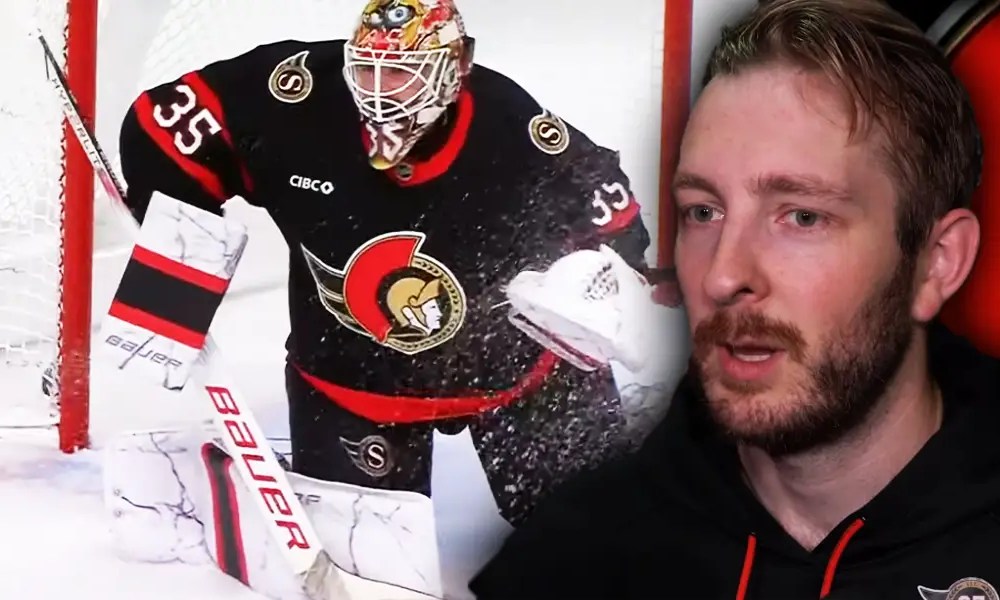[ad_1]
I believe the Toronto Maple Leafs’ slower start this season is a result of the introduction of a new playing style for the team’s bottom-six units. While the team’s top two lines continue to be puck-possession units — something they can pull off because of their elite talent and the collective power of their skill set — it’s not so easy for players with less skill. They require a different style of play.
The Maple Leafs top first is made up of elite forwards like Auston Matthews, William Nylander, and rookie Matthews Knies. The team’s current second line is not that much less talented. On that line are John Tavares, Mitch Marner, and newcomer Tyler Bertuzzi. They are good, and they’re getting better as the new players – Knies and Bertuzzi – build chemistry with their linemates.

Meanwhile, the construction of the team — due in large part because of the NHL’s fixed salary cap — fills the bottom six units with speed and tenacious grinders. Currently, the third line is made up of Max Domi, Nick Robertson, and Calle Jarnkrok. The team’s fourth line is constructed of former PTO Noah Gregor, David Kampf, and Bobby McMann (when Ryan Reaves isn’t suited up and playing).
The Reason for the Different Playing Styles for the Different Units
There is probably no need to explain why the Maple Leafs’ top six forwards play as they do. In short, it is a result of the coaches trying to maximize the talent collected there. On the other hand, there is less talent among the depth forwards. Those lines rely more on grit and desire to get the job done.
Related: Why Sheldon Keefe Is Changing Up the Maple Leafs Top Six
The depth forwards are either young players on entry-level contracts or veteran players who don’t have elite enough skills to demand more in terms of salary. But that doesn’t mean they are poor players.
The Maple Leafs’ third and fourth lines have adopted a direct, aggressive style, reminiscent of the classic “dump-and-chase” strategy popular about 25 years ago. This approach involves getting the puck deep into the offensive zone, aggressive forechecking, and creating pressure on opponents. By disrupting the opposing team’s breakout, these two bottom lines aim to force turnovers and generate scoring chances through their pressure.

Speed and tenacity are crucial for executing this strategy effectively. That makes players like Bobby McMann, with his speed and size, more valuable in this system than traditional toughness (such as Ryan Reaves brings to the line). The success of this tactic hinges on quick decision-making under pressure, emphasizing the need for swift and determined forwards.
Hockey Analysts Elliotte Friedman and Kevin Bieksa Explain the Direct Style
Analyzing the changes, hockey analysts Elliotte Friedman and Kevin Bieksa highlighted a defensive decline but emphasized a dual-style approach. While the top lines maintain a possession-oriented game, the bottom lines are adopting a more direct, dump-and-chase strategy reminiscent of the late 1990s.
https://embed.sendtonews.com/player3/embedcode.js?SC=NkSvS8EuLr-3213175-11057
This strategic blend aims to leverage the team’s depth, deploying a mix of elite playmakers and hardworking blue-collar players. The shift is seen as a preparation for playoff success, emphasizing adaptability and diverse offensive approaches.
Related: Kieffer Bellows: Maple Leafs’ Tipping Point for the Future
The team’s construction with top-tier talent on the first two lines and a grittier, aggressive style on the bottom lines offers fans insights into the Maple Leafs’ evolving strategies that are being worked out in the team’s developing systems. Despite initial struggles, this strategic mix suggests a long-term vision focused on postseason triumph.
The Bottom Line for the Maple Leafs
The mantra of Leafs Nation is that “Only the playoffs matter.” As a result, the team’s strategy likely is to work out the kinks of these two ways of playing over the regular season. Head Coach Sheldon Keefe seems satisfied with the team’s placement in the standings. He sees them holding their own in a challenging league.
Currently, the team has a solid position in the standings. At the same time, it is trying to introduce new styles. This season more than ever there’s a noticeable shift in the team’s style of play this season. How it will work remains a question mark.
That said, over the past three weeks, the bottom six forward units have improved. The question is whether they can further improve before the postseason begins. Then the fun begins.
Related: How Can Maple Leafs Auston Matthews Get Better?

[ad_2]
Source link
This website aggregates and curates news articles, blog posts, and other content from a variety of external sources. While we aim to link back to the original source, this site does not own or claim ownership of any articles, posts, or other content indexed on this site. The views, opinions, and factual statements expressed in each piece of aggregated content belong solely to its respective author and publisher. We make no representations or warranties regarding the accuracy or completeness of aggregated content. Visitors are advised to verify facts and claims through the original source before reuse or redistribution.



